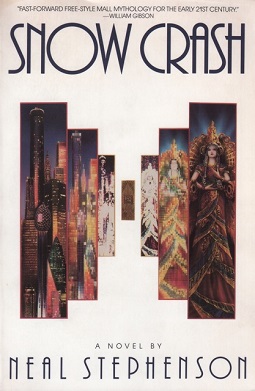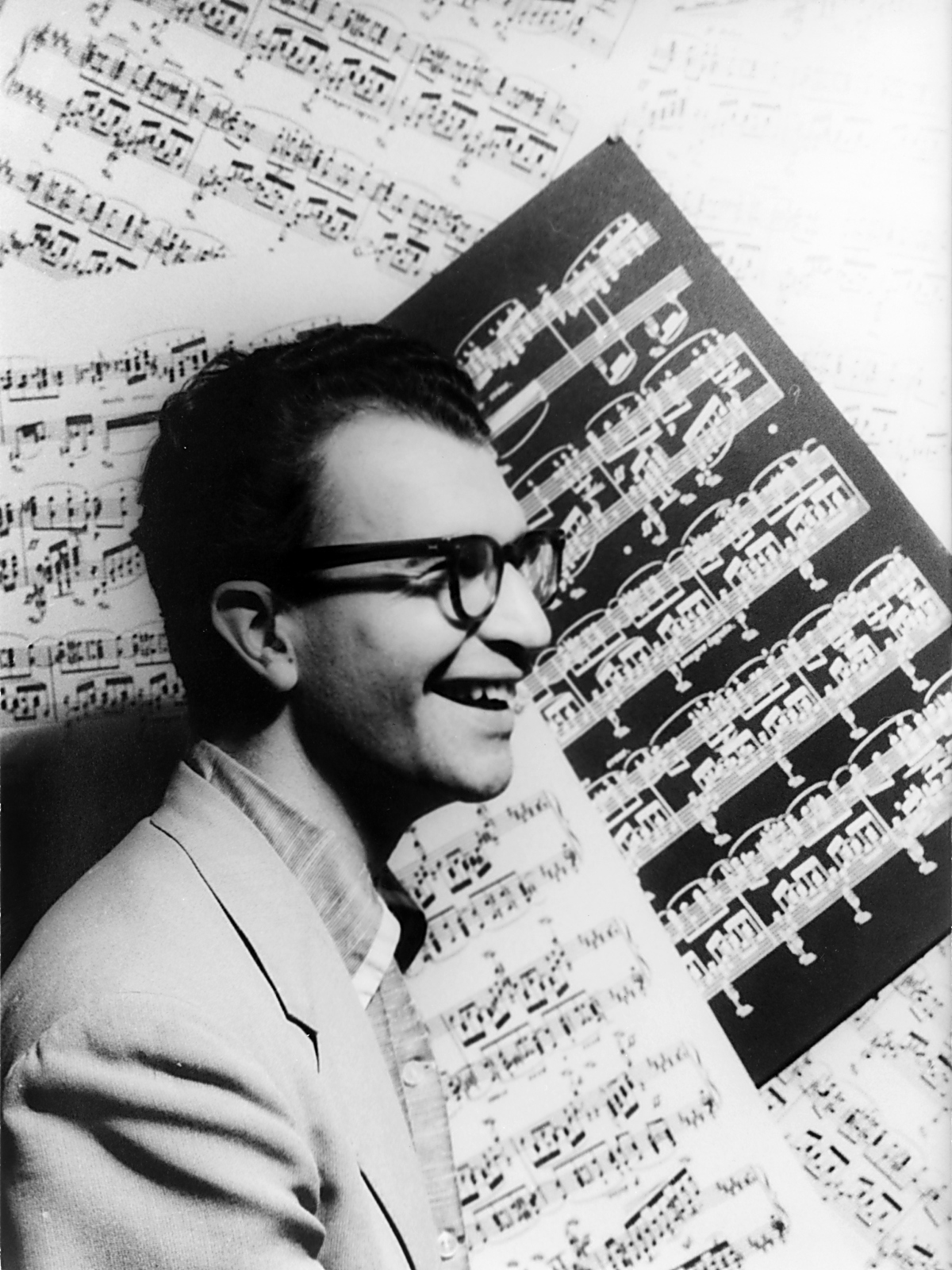
During UN climate week, the U.S. announced creation of an “American Climate Corps” that will combine public service with training for environmentally beneficial professions and technologies. Ali Zaidi, White House point person, may lead the effort to recruit 20,000 young people for the inaugural year. Some Corps areas will also include age-diverse cohorts. Collaborators joining the training and development will feature experts from the National Oceanic and Atmospheric Association (NOAA) and AmeriCorps, as well as departments of Agriculture, Energy, Interior, and Labor. If we need an energy revolution, this could be it.

There are historic precedents. President Franklin Delano Roosevelt pulled American youth out of Depression-era joblessness by creating the Civilian Conservation Corps (CCC). While initially aimed at those suffering poverty. CCC expanded, through the creative leadership of Frank P. Davidson, to include Camp William James in Tunbridge, Vermont, welcoming college recruits.

But the earliest organization of service work might be the Dike Armies of the medieval Netherlands. In 1319, this edict described the corps: “Ende alman sal ten menen werke comen op den dijc, daers hem ie Baeiliu, of die Dijcgrave vermaent” – “Everybody shall come to work at the dike on instruction of the bailiff or dike reeve.” It should be noted that today, with social media like Instagram, X, TikTok, calling up volunteer teams to respond to a climate disaster would have instant effectiveness.

The newly planned American Climate Corps might be the beginning of a new era of job and skills development to respond to climate change. But a broader vision could expand the scope. Climate change will not stop at national borders: San Diego in the USA and Tijuana in Mexico share the same coast and the same need for response to sea level rise. Vermont, site of CCC Camp William James, shared smoke from Canada’s recent wildfires. Look at Earth from space; you see not countries and nations, but land and water. Climate change must be addressed by regional, and global, response. The American Climate Corps could become a regional organization inviting Canada, Mexico, and the USA, together with the original Tribes of the Americas, to share language training, technology development, and regional capability to respond to climate change.

Those trained by the new Climate Corps can serve a dual role of training for climate-ready jobs, and also be ready to respond to climate disasters that affect the region. In the last decade, 85% of natural disasters like drought and fires, storms and floods, were attributed to, and intensified by, global warming. Climate change calls us to work together in ways that can strengthen education, technology, and shared vision through climate justice. As Climate Corps members build green energy technology and plant drought-resistant agricultural grains, perhaps they may also sow the seeds of peace.
Davidson, Frank P. and K. Lusk Brooke. “Protective Dikes and Land Reclamation: The Netherlands,” Volume 1, page 57. Building the World (Greenwood, 2006). ISBN: 0313333734.
Friedman, Lisa. “Wanted: 20,000 Young Americans to Fight Climate Change.” 20 September 2023. The New York Times. https://www.nytimes.com/2023/09/20/climate/biden-climate-corps-youth.html
Building the World Blog by Kathleen Lusk Brooke and Zoe G. Quinn is licensed under a Creative Commons Attribution-NonCommercial-NoDerivs 3.0 U







